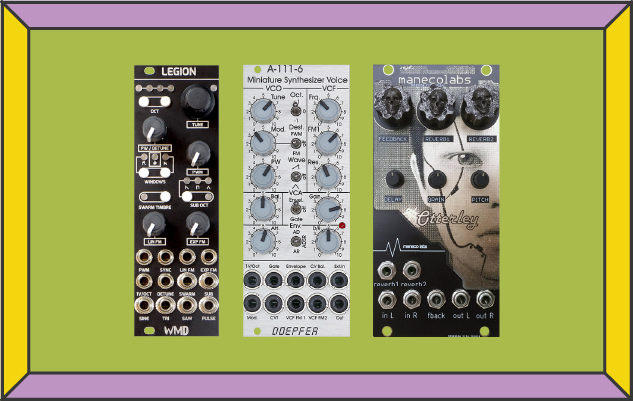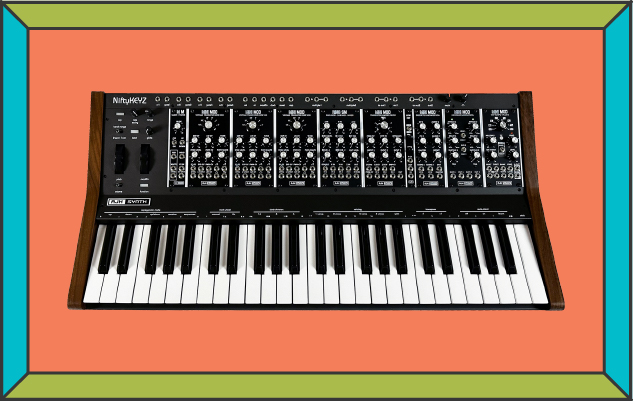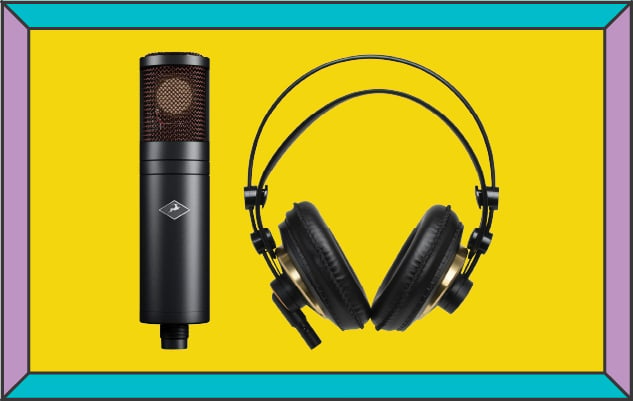*Sale coupon excludes all sale, demo, used, or b-stock items, as well as select manufacturers. Click here for details
We're Celebrating Our Anniversary with Savings! Use Code THANKS10 For 10% off Non-Sale Items. Shop Now
We're Celebrating Our Anniversary with Savings! Use Code THANKS10 For 10% off Non-Sale Items. Shop Now
We're Celebrating Our Anniversary with Savings! Use Code THANKS10 For 10% off Non-Sale Items. Shop Now
We're Celebrating Our Anniversary with Savings! Use Code THANKS10 For 10% off Non-Sale Items. Shop Now




